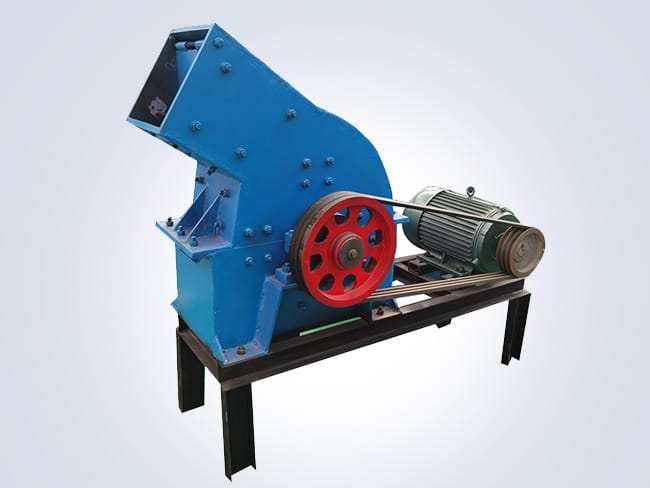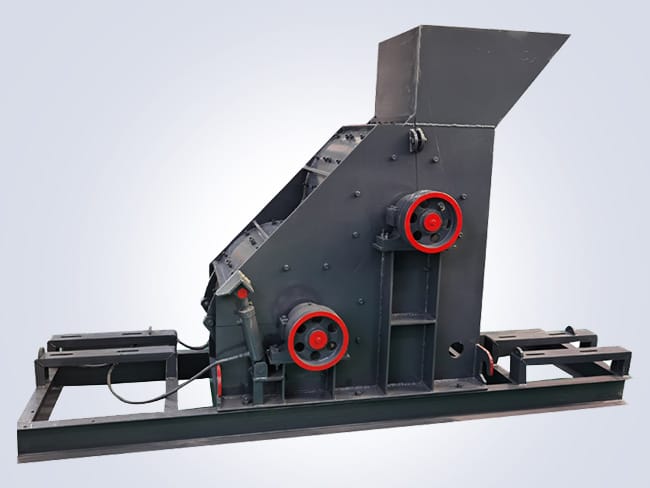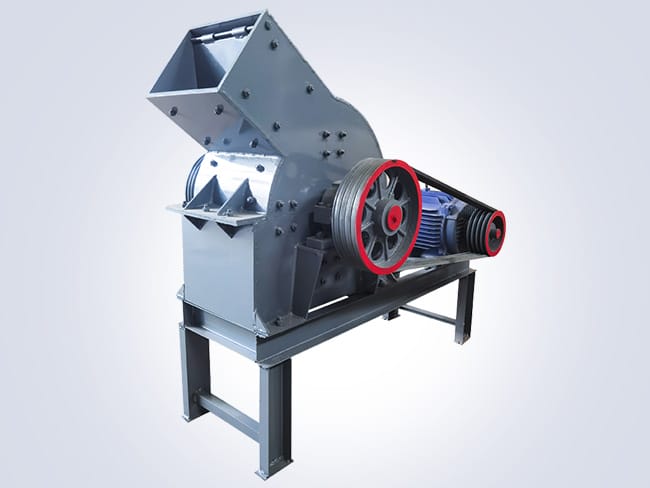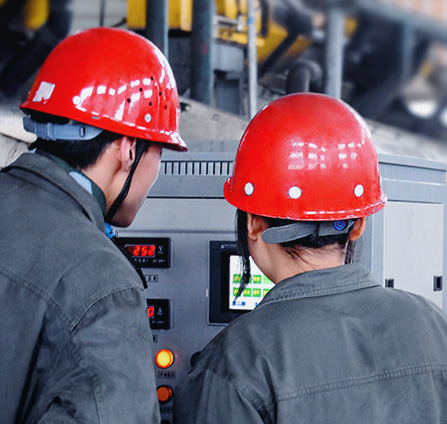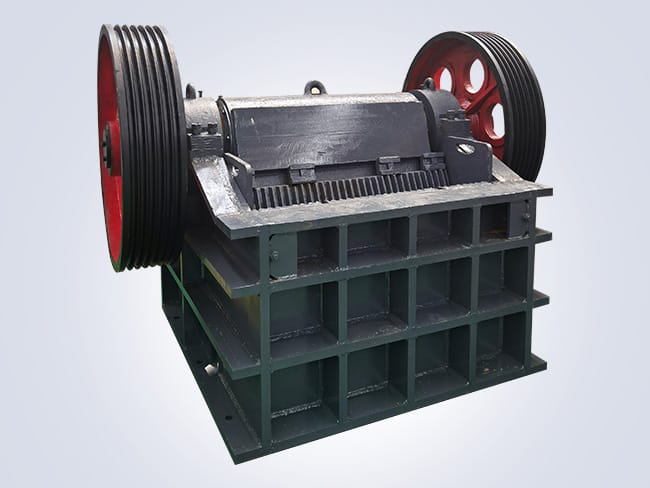
As an indispensable crushing device in the mining and construction industries, the jaw crusher plays a crucial role in material crushing with its efficient and stable characteristics. It is primarily suitable for the primary crushing of hard materials such as granite, basalt, and other types of ores and rocks.
The jaw crusher achieves a higher crushing ratio
The working principle of this equipment is based on the periodic movement of the moving jaw towards and away from the fixed jaw plate, causing the material entering the crushing chamber to be crushed by compression, bending, and grinding actions. Its design is simple yet robust, mainly comprising key components like the body, moving jaw, fixed jaw plate, movable jaw plate, and eccentric shaft. This straightforward and effective structure not only ensures the stability of the equipment operation but also facilitates maintenance, reduces downtime, and enhances production efficiency.
With technological advancements, modern jaw crushers have seen significant improvements in energy efficiency and dust pollution reduction. For instance, the use of new wear-resistant materials has extended the lifespan of the jaw plates, reducing operating costs; optimized crushing chamber designs have achieved higher crushing ratios, boosting output. Furthermore, the introduction of automated control systems has simplified operations and enhanced safety, further ensuring the continuity and stability of production.
In conclusion, the jaw crusher, with its outstanding performance and continuous innovation, has become an essential tool for achieving effective resource utilization, playing a significant role in promoting industrial development.




